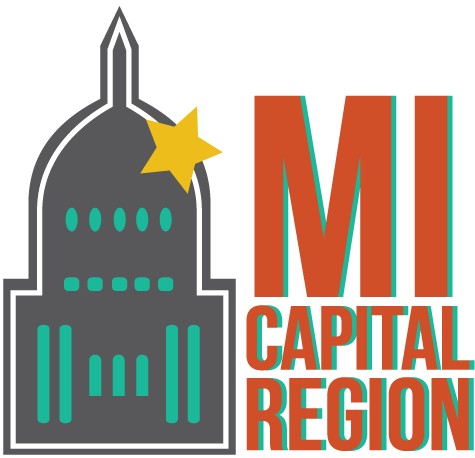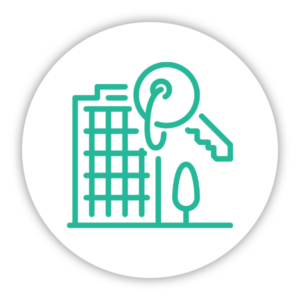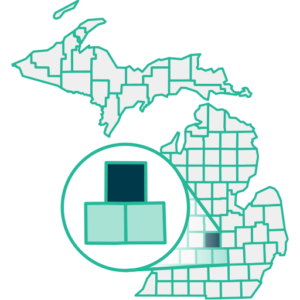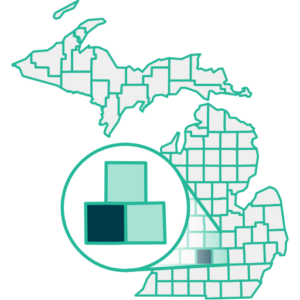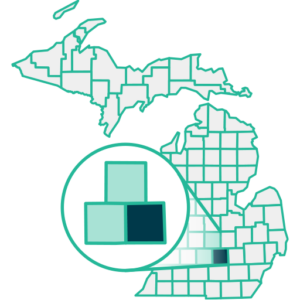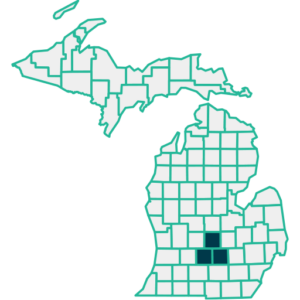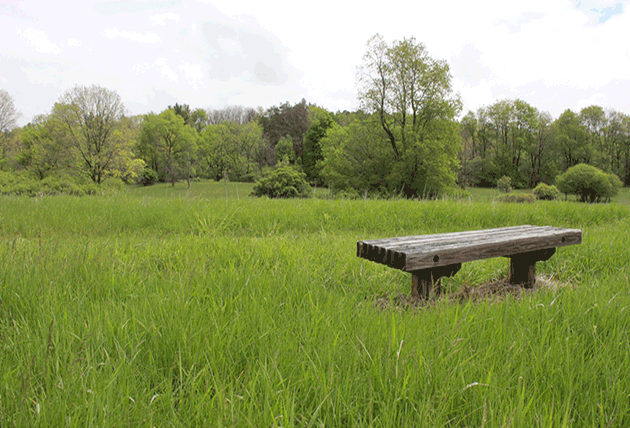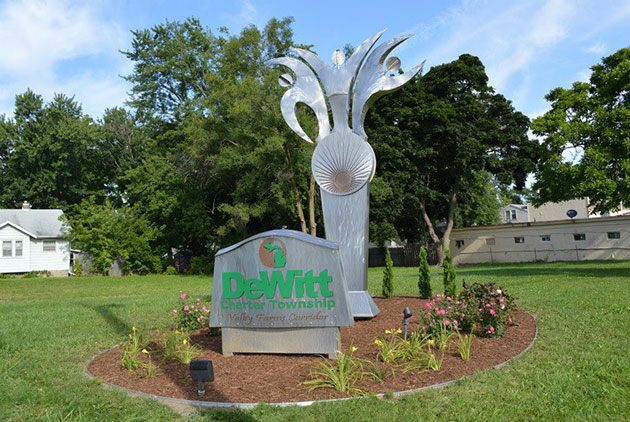More Information ↓
Knowledge sector occupations are projected for significant growth in the coming decades. The knowledge sector is defined by occupations that require a significant level of education, adaptable skills, and/or creativity. Knowledge sector occupations include nine of the 22 broad standard occupational classification (SOC) codes utilized by the Bureau of Labor Statistics. The nine SOC codes include Management; Business and Financial Operations; Computer and Mathematical; Architecture and Engineering; Life, Physical, and Social Science; Legal; Education, Training, and Library; Arts, Design, Entertainment, Sports, and Media; and Healthcare Practitioners and Technical occupations.
